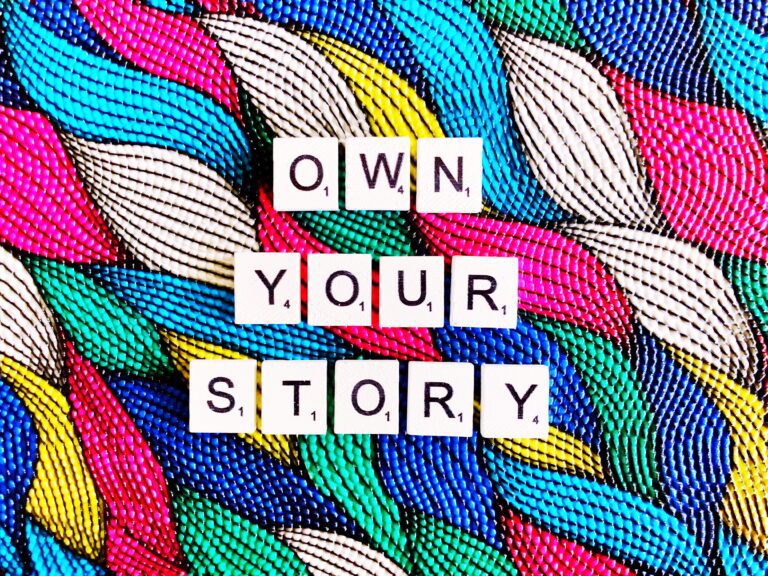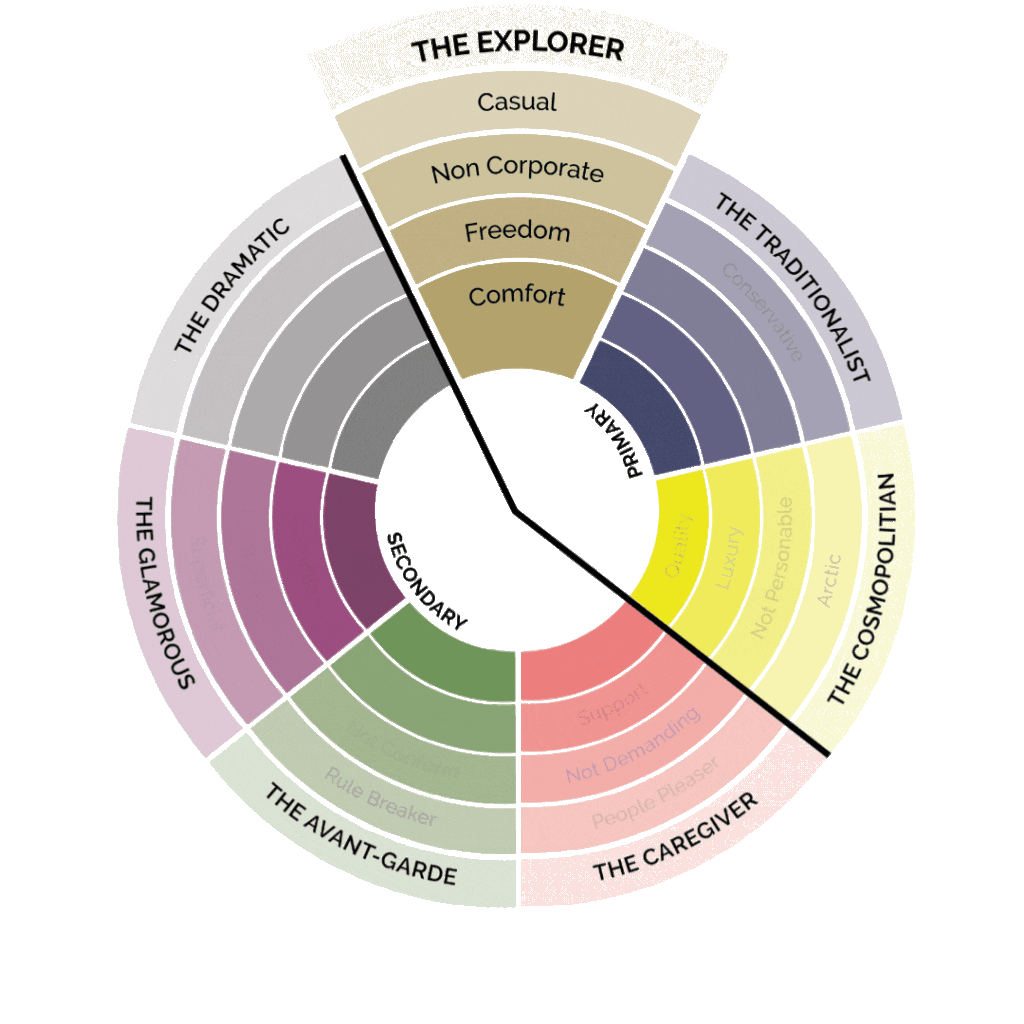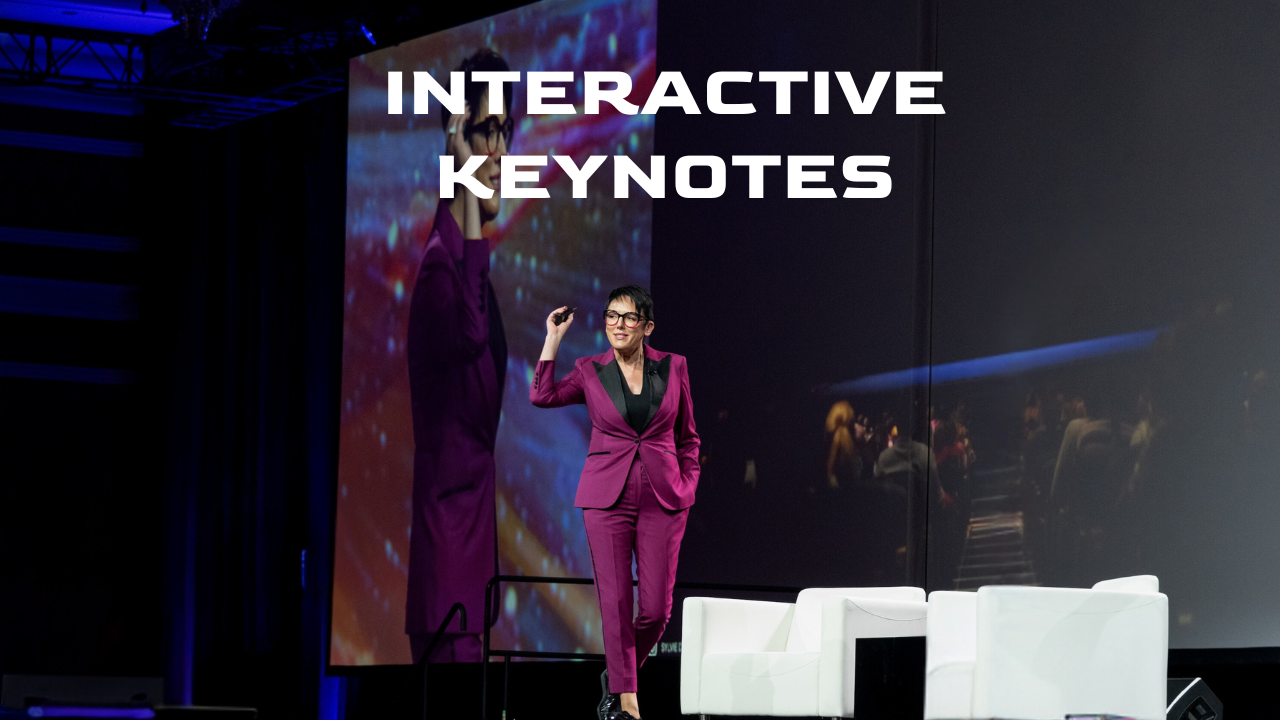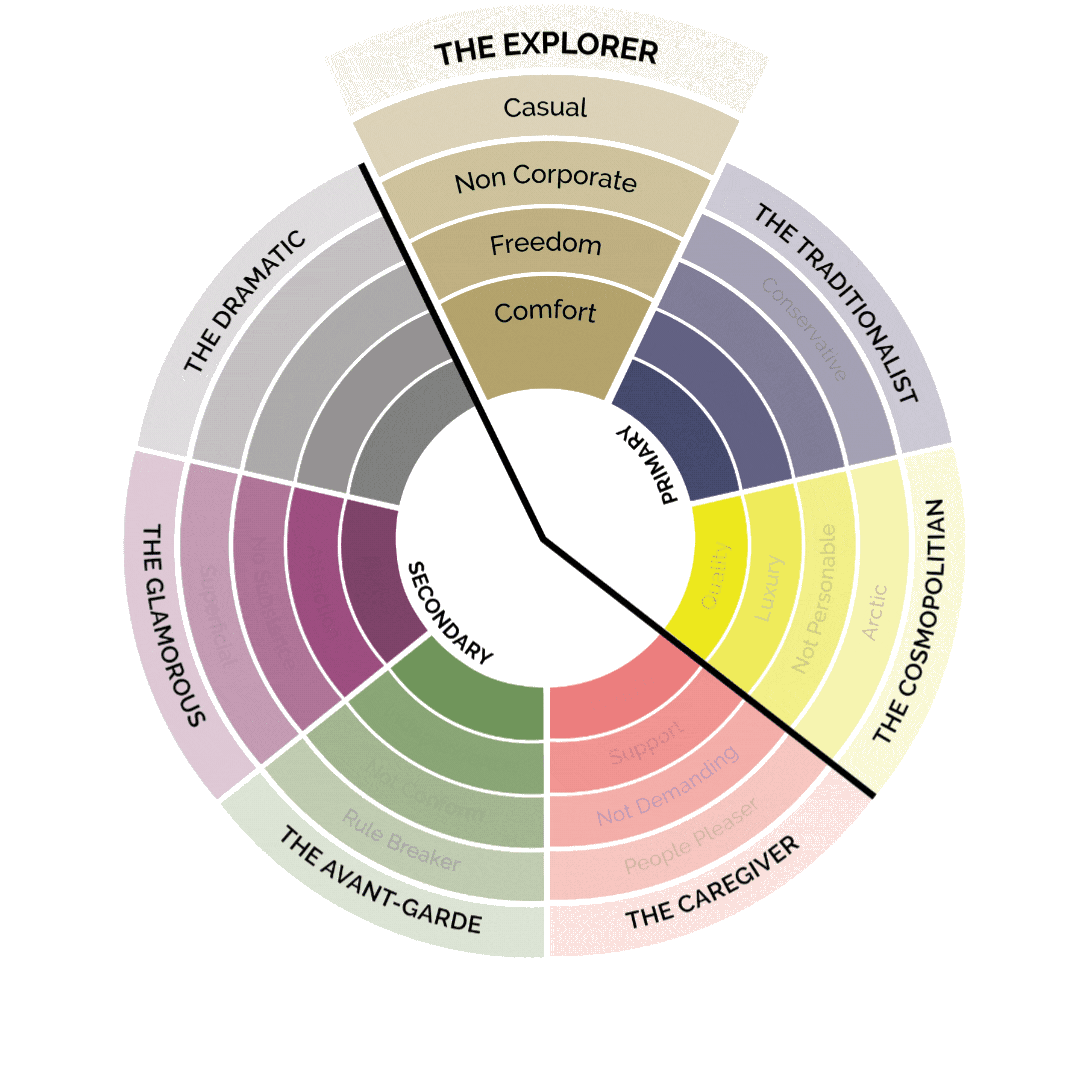How to Write About Oneself Without Coming Across as Arrogant (or Just Feeding Your Ego)
Your professional story is more than a list of accomplishments—it’s a topic that shapes how others perceive you. Whether you’re writing your LinkedIn bio, an introduction for an event, an author profile, a post for social media, or an “About Me” page, how you present yourself matters. The challenge? Understanding how to write about oneself in a way that feels confident without sounding self-absorbed.
The key is balance. You want to highlight your expertise, experience, and achievements while keeping your tone authentic, engaging, and—most importantly—human. So, how to write about oneself without making it feel like a sales pitch? Let’s dive into some tips and techniques that will help.
Key Takeaways
- Craft an engaging introduction that immediately captures your reader’s attention.
- Showcase your unique strengths and what sets you apart from others.
- Use storytelling to make your experiences relatable and compelling.
- Enhance your writing with descriptive language and vivid details.
- Demonstrate self-awareness and reflection to add depth and credibility.
- Highlight achievements in a way that feels natural, not boastful.
- Maintain authenticity—how to write about oneself in a way that sounds like you.
- End with a closing statement that leaves a lasting impression.
How to Write an Engaging Introduction
Think of your introduction as your first impression in written form. Just like in a conversation, the opening lines should immediately engage the reader and make them want to know more about you.
A generic “I’m a results-driven professional with X years of experience” won’t cut it. Instead, make it personal, engaging, and reflective of your personality. This is your chance to step beyond the resume bullet points and write something compelling—what drives you, what excites you, and what makes your work meaningful. Consider starting with:
- A brief but impactful personal story related to your work or expertise.
- A bold statement or provocative question that sparks curiosity.
- A compelling one-liner that sums up your professional philosophy.
- A vivid description of the moment you realized your passion for what you do.
For example, instead of: “I’ve been in marketing for over a decade.” try something like: “At 12 years old, I designed my first ad campaign for a lemonade stand—and I haven’t stopped telling stories since.”
Your introduction sets the stage for the rest of your bio, so make it count. A strong introduction doesn’t just tell people who you are; it makes them curious, engaged, and eager to learn more.
Your introduction isn’t about telling people who you are—it’s about making them care.
Tips to Highlight Your Unique Qualities
Most professional bios follow a formula: credentials, job titles, and generic soft skills. The problem? They don’t differentiate you. If you want to stand out, focus on what makes you unique—the quirks, the experiences, and the perspectives that only you bring to the table.
In my book, Discover Your Fair Advantage, I help professionals identify their unique value—the specific traits, experiences, and perspectives that make them stand out. If you’re unsure what makes you distinct, I guide readers through identifying their 15 unique selling points to position themselves as the top choice in their field. If you haven’t yet pinpointed yours, consider picking up a copy to gain clarity—but for now, start by reflecting on:
- What are the defining moments in your career?
- What problems do you solve better than anyone else?
- What core values drive your approach to work?
- What’s an unconventional skill, habit, or trait that has shaped your success?
Once you identify these, bring them to life with examples. Instead of just saying, “I’m a strategic thinker,” tell a story about how your strategic thinking led to a breakthrough in your company. Specificity makes your bio more compelling and credible. Understanding how to write about oneself in a way that highlights both strengths and personality will make your story far more memorable.
If your bio could describe a hundred other people, you’re hiding what makes you different.
Write With Descriptive Language and Details
Try, robotic bios don’t engage readers. But vivid, descriptive writing does. Rather than just listing facts, write in a way that makes your story come alive. The words you choose should paint a picture of who you are and what you bring to the table, helping your audience visualize your impact rather than just reading about it. For example, instead of “I led a successful product launch,” try “I orchestrated a product launch that shattered sales projections within the first three months.” Or, instead of “I’m passionate about leadership,” try “I thrive on helping teams unlock their potential and turn big ideas into reality.”
If you’re exploring how to write about oneself, infuse your writing with energy, personality, and vivid storytelling. Whether you’re writing a blog post, crafting a bio, or refining an introduction, the more dynamic your writing, the more memorable it will be.
Descriptive writing doesn’t mean more words. It means better words.
How to Incorporate Achievements Without Sounding Boastful
Your accomplishments matter, but how you present them makes all the difference. If your bio reads like a highlight reel of accolades, it can feel impersonal or even arrogant. Instead, frame your achievements as part of your larger story:
- Make it relatable: Rather than just stating what you achieved, share the story behind it.
- Show the impact: Who benefited from your work? How did it create change?
- Be specific: Numbers and concrete results add credibility.
I call this the “XYZ Method”—a simple yet powerful way to present your accomplishments with impact. Instead of just stating what you achieved, break it down into three key data points: the challenge, the action, and the result. This structure provides context and makes your achievements feel more concrete and compelling. For example, instead of saying: “I received the XYZ Industry Award.” try “I received the X Industry Award from Y Organization for improving Z, which resulted in [specific impact].”
This approach allows readers to understand the “why” and “how” behind your success, making your accomplishments feel both relatable and significant. Positioning achievements within a meaningful story ensures they come across as inspiring rather than self-serving.
Confidence is stating your achievements. Arrogance is demanding applause for them.
End with a strong Closing Statement
A great personal bio doesn’t just start well—it leaves a lasting impression. The final lines of your bio should reinforce your key message and give readers a reason to remember you. Here are some techniques to craft a powerful closing:
Tie back to your core message: Reiterate what defines you as a professional. For example, “At the heart of everything I do is a passion for helping people turn ideas into reality.”
End with a call to action: Depending on where your bio appears, you might invite readers to connect, visit your website, or reach out for collaboration.
Leave a thought-provoking statement: A reflective closing line can add depth, such as, “I believe the best leaders aren’t those with all the answers, but those who ask the right questions.”
Use a personal sign-off: If your bio allows for a casual touch, an authentic closing like “Excited for what’s ahead—let’s connect!” can feel warm and engaging.
A strong ending ensures your bio is not just informative but memorable. When people finish reading, they should have a clear sense of who you are, what you stand for, and why you do what you do. That’s the ultimate goal when learning how to write about oneself in a way that makes an impact.
Leave them with a thought, not a question mark.
Maintaining Authenticity and Honesty
Authenticity isn’t just a buzzword—it’s the glue that builds trust with your reader. People don’t just want a list of accomplishments; they want to see the person behind the words.
Your voice matters. Don’t bury it under corporate jargon or robotic phrasing that sounds like a press release. The best personal bios make readers feel like they’re getting to know you—your experiences, your perspective, your unique way of seeing the world.
For example, instead of writing: “I am a dynamic, results-driven leader with a proven track record of spearheading innovative solutions that optimize business performance.” try “I love solving tough problems—especially the kind that make people’s jobs easier. Over the years, I’ve led projects that helped teams work smarter, not harder, and that’s what fuels me every day.”
Let’s be real: nobody relates to a perfect, polished version of you. People connect through honesty—the wins, the lessons learned, the setbacks that made you stronger. When you master how to write about oneself with sincerity, you invite your audience to step into your story. And that? That’s where true connection happens.
If your story doesn’t sound like you, neither will the opportunities it attracts.
Common Mistakes to Avoid When Writing About Oneself
Even the most experienced writers struggle with how to write about oneself in a way that feels engaging and authentic. The challenge isn’t just choosing the right words—it’s avoiding the common missteps that can make a personal bio feel unrelatable, overly polished, or just plain dull. Here are some of the biggest mistakes people make and tips on how to avoid them:
Being too vague: “I am a dedicated professional with a passion for success” doesn’t say anything specific. Instead, write with clarity and give concrete examples of what makes you unique.
Overloading with jargon: Industry buzzwords might sound impressive, but they don’t tell a real story about who you are. Keep your language natural and accessible.
Writing in the third person (when it’s unnecessary): Unless required for formal settings, writing about yourself in the third person (“John is a results-driven professional…”) can feel distant and impersonal. First-person (“I am passionate about…”) makes you more approachable and engaging.
Making it too long-winded: Your bio isn’t an autobiography. If you overload it with unnecessary details, readers will lose interest. Keep it concise, focusing on the highlights that truly define you.
Focusing too much on the past: While your history is important, people want to know who you are now and where you’re headed. Don’t just recount your past—connect it to your present ambitions and future direction.
Not structuring it for easy reading: A wall of text is overwhelming. Break your bio into short paragraphs, bullet points, or sections to make it skimmable and reader-friendly.
Using clichés that say nothing: Phrases like “results-driven,” “detail-oriented,” and “passionate professional” are overused and vague. Instead, show these qualities through specific examples of how you bring them to life.
Over-explaining job titles: Your job title alone doesn’t define you. Rather than listing every role you’ve had, highlight what makes your current or past positions impactful and unique.
Forgetting to adapt for different platforms: A bio that works on LinkedIn may not be the best fit for an event introduction or a personal website. Tailor your tone and content to match the context and audience.
Being overly modest or downplaying achievements: Many people fear coming across as arrogant, so they undersell themselves. Confidence isn’t bragging—own your achievements and state them with clarity and humility.
A strong narrative about you isn’t just a list of credentials—it’s a story that brings your experiences, ambitions, and personality to life.
The biggest mistake in writing about yourself? Trying to sound like someone else.
Personal vs. Professional: Striking the Right Balance
One of the toughest challenges when learning how to write about oneself is deciding how much of your personal life to include. Do you keep it strictly professional, or should you share personal anecdotes to make it more relatable? The key is balance. Here’s how to strike the right mix of personal and professional:
Consider your audience: Who will be reading this? A corporate bio on LinkedIn might require a more formal tone, while a personal website allows for more personality.
Use personal details to reinforce your professional identity: If you share something personal, make sure it connects to your work. For example, “My love for problem-solving started when I built my first computer at age 10” ties into a tech career.
Avoid oversharing: While authenticity matters, there’s a difference between being open and providing unnecessary personal details. Keep it relevant.
Show personality through style: You don’t have to share personal stories to sound human. The way you write, your word choices, and how you tell your story can make you relatable.
Let your passions show: Whether it’s a cause you support, a hobby that influences your work, or a value that guides you, letting passion shine through makes for a more engaging bio.
At the end of the day, how to write about oneself comes down to being intentional—deciding what personal elements enhance your professional narrative and using them strategically.
If your bio is all business, you sound like a robot. If it’s all personal, you sound like a reality show. Find the balance.
Using AI Without Losing Authenticity
With AI-powered writing tools becoming more sophisticated, many people turn to them for help when crafting personal bios, LinkedIn summaries, and “About Me” pages. But can AI truly capture how to write about oneself without sounding generic or artificial? The short answer: maybe—but only if you use it wisely, and if you don’t overuse it. Here’s how to leverage AI without losing authenticity:
Use AI for brainstorming, not final writing: AI can generate ideas, suggest examples, and structure content, but your story should always come from you.
Refine AI-generated text to match your voice: AI tends to produce formal or generic content. Edit the text so it sounds like something you would actually say.
Incorporate personal details AI can’t create: AI doesn’t know your experiences, values, or ambitions. Add unique elements that make your bio stand out.
Fact-check and personalize AI suggestions: AI can misinterpret context, so ensure accuracy and tailor the content to reflect your professional and personal identity.
Use AI to enhance, not replace, creativity: AI tools can improve readability and suggest variations, but the best bios still have a human touch that no algorithm can replicate.
AI can be a valuable tool for structuring your bio, but how to write about oneself should always be guided by personal insights, self-awareness, and an authentic voice.
The problem isn’t AI—it’s people letting convenience replace creativity.
ADDITIONAL RESOURCES
Writing About Your Strengths Without Sounding Arrogant
This piece provides strategies to showcase your achievements humbly, emphasizing the importance of demonstrating learning experiences, explaining the reasons behind your success, illustrating cause and effect, expressing gratitude, and highlighting personal growth.
13 Mistakes To Avoid While Writing Your Bio
This article outlines common errors in bio writing, such as being overly verbose, including irrelevant information, and writing in the first person, offering tips to enhance clarity and professionalism.
FREQUENTLY ASKED QUESTIONS
How do I write about myself if I don’t have many accomplishments?
You don’t need awards or decades of experience to craft a compelling bio. Instead of focusing on titles and achievements, highlight your unique perspectives, values, skills, or personal journey that have shaped who you are. Everyone has a story worth telling—focus on what makes yours unique.
Can I use humor when writing about myself?
Absolutely—if it fits your brand and audience. Humor makes a bio more engaging and memorable, but use it strategically. Avoid overdoing it in professional settings where credibility is key, but a light touch can make you feel more relatable.
How do I talk about a career change in my bio?
If you’re transitioning careers, don’t just list your past jobs—connect the dots between your previous experience and where you're headed. Show how your existing skills and expertise apply to your new field, and emphasize what inspired your career shift.
Own Your Story—Or Someone Else Will

Your story is more than just words on a page—it’s your narrative, your personal brand, and your opportunity to shape how the world perceives you. If you don’t take control of your own story, someone else will write it for you. So don’t just list facts. Don’t just repeat what’s already on your résumé. Write in a way that makes people see you, understand you, and remember you. The most compelling stories aren’t about proving worth—they’re about owning who you are, unapologetically and with intention.




